Books for Therapists on Family Therapy
Family therapy has evolved a lot over the years, growing on theories by different authors and psychologists that set out to explain what are the dynamics involved in a family, how their relationships are built, what influences it, and a series of other questions concerning the considered basis of a person’s identity. Even if a professional doesn’t intend to be a family therapist, it’s vital to have a basic understanding of family functioning, and how it affects an individual. The books contained in this section pass on this knowledge.
To keep this site running, we are an Amazon Associate where we earn from qualifying purchases. While these links are amazon affiliate links, the selection of books remains accurate and unbiased.
“Rewriting Family Scripts: Improvisation and Systems Change” by Byng-Hall
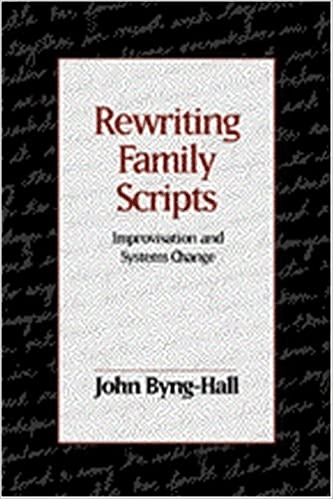
Rewriting family scripts is a possibly life-changing book that suggests that some families are working on such dysfunctional and repetitive levels that at times it seems as if they’re following a script. With that in mind, author John Byng-Hall proposes an approach that involves attachment theory and script therapy so that family members feel safe enough to explore new behaviors and paths, creating a functional familiar environment.
“The Family Crucible: The Intense Experience of Family Therapy” by Napier and Whitaker
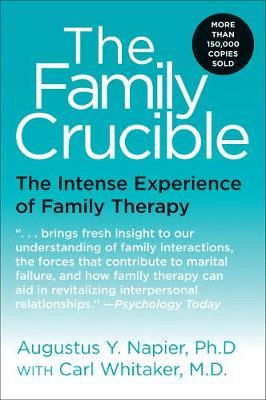
The classic groundbreaking book on family therapy by acclaimed experts Augustus Y. Napier, Ph.D., and Carl Whitaker, M.D. presents scenarios of one family’s therapy experience and explains what underlies each encounter. You will discover the general patterns that are common to all families–stress, polarization and escalation, scapegoating, triangulation, blaming, and the diffusion of identity–and you will gain a vivid understanding of the intriguing field of family therapy.
“Essential Skills in Family Therapy” by Patterson, Williams, and Edwards
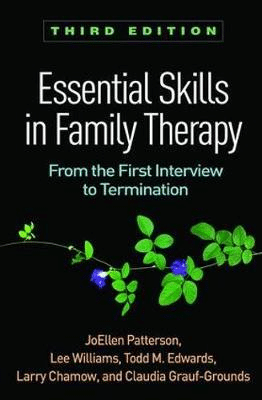
Many students and beginning clinicians have relied on this engaging, authoritative text–now revised and expanded–to hit the ground running in real-world clinical practice. Focusing on what works, the authors show how to flexibly draw on multiple theories and techniques to conduct comprehensive assessments, develop collaborative treatment plans, and intervene effectively for frequently encountered clinical concerns. Mental health skills needed by all therapists are interwoven with state-of-the-art family therapy knowledge. Illustrated with instructive case examples and vignettes, the book helps the reader navigate typical dilemmas and troubleshoot when treatment gets “stuck.”
“Engaging Children in Family Therapy” by Sori
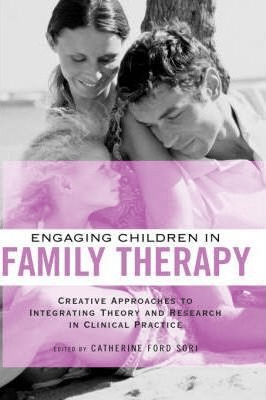
A common question at the initial meeting of a family therapist and a new client(s) is often whether or not to include a child or children in the counseling sessions, as it often changes the dynamic between client and therapist and between the clients themselves. With that in mind, this book is intended as a guide for both novice and experienced counselors and family therapists, covering a wide range of topics and offering a large body of information on how to effectively counsel children and their families. It includes recent research on a number of topics including working with children in a family context, the exclusion of children from counseling, and counselor training methods and approaches, and more.
“The Practical Practice of Marriage and Family Therapy” by Odell and Campbell
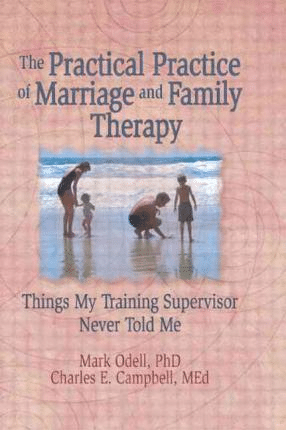
It is a truism among therapists in most mental health disciplines that the most important aspects of clinical practice are learned only after one has left graduate school and entered “the real world.” In response to this predicament, Odell and Campbell offer The Practical Practice of Marriage and Family Therapy: Things My Training Supervisor Never Told Me as a useful daily guide for graduate students and beginning marriage and family therapists that will ease the transition from learner to practicing professional in the clinical domain. Written in a refreshing and unpretentious style, much the way a caring seasoned professional would mentor a novice practitioner, The Practical Practice of Marriage and Family Therapy covers the major areas that typical graduate programs don’t have time to address, such as how to integrate theoretical training with pragmatic clinical practice to maximize therapeutic effectiveness, face the practical problems involving the financial elements of clinical work and others.
Want a resource for every situation? We’ve got you covered.
There’s a huge amount of resources for therapists out there. We’ve made a resource for any topic between starting a practice to dealing with a patient problem. Inside you will find books, podcasts, TED talks, worksheets and forums. Sounds like it can help you now or in the future? Simply enter your email and it’ll be in your inbox for you to use!
“Models of Family Therapy” by Griffin and Greene
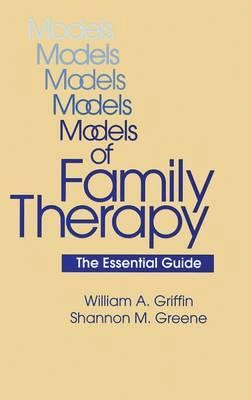
Models of Family Therapy provides an overview of established family therapy models such as structural, behavioral, psychoeducational, experiential therapy, and others. To facilitate learning how the dimensions of each model “fit” with other models, this book enhances comparability by using the same general outline in all chapters. In these outlines, the critical components of each model are broken down into a few core assumptions, terms, techniques, and methods. In addition, graduate students and professionals can benefit from this guidebook in order to prepare for any state or national examination on marriage and family therapy.
“The Narcissistic Family: Diagnosis and Treatment” by Pressman and Pressman
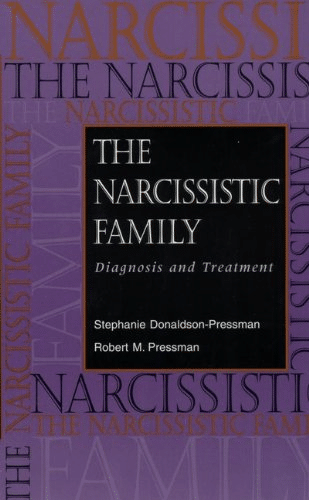
In this compelling book, the authors present an innovative therapeutic model for understanding and treating adults from emotionally abusive or neglectful families. Narcissistic families have a parental system that is, for whatever reason, primarily involved in getting its own needs met. The children in such narcissistic family systems try to earn love, attention, and approval by satisfying their parents’ needs, thus never developing the ability to recognize their own needs or create strategies for getting them met. By outlining the theoretical framework of their model and using dozens of illustrative clinical examples, the authors clearly illuminate specific practice guidelines for treating these individuals.
“Ethnicity and Family Therapy” McGoldrick, et al.
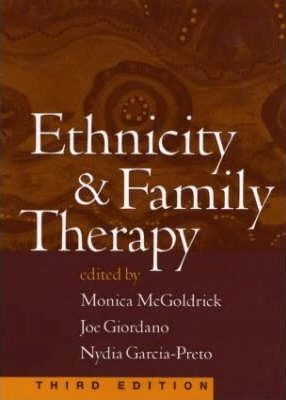
This widely used clinical reference and text provides a wealth of knowledge on culturally sensitive practice with families and individuals from over 40 different ethnic groups. Each chapter demonstrates how ethnocultural factors may influence the assumptions of both clients and therapists, the issues people bring to the clinical context, and their resources for coping and problem solving.
“Systemische Beratung und Familientherapie – kurz, bündig, alltagstauglich” von Schwing und Fryszer
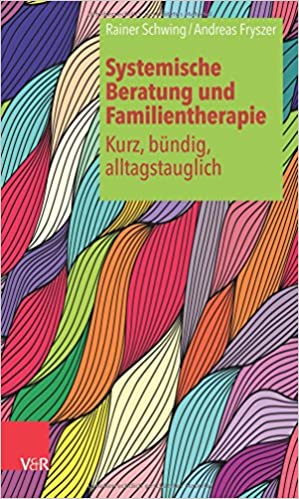
Systemic counseling and therapy works and is widespread worldwide. It is all the more astonishing that up to now there has been no comprehensive presentation for the interested public in Germany. This book fills the gap. The authors describe the systemic work in advising individuals and families or teams, in the supervision of specialists or the coaching of executives. They describe the systemic work in advising individuals and families or teams, in the supervision of specialists or the coaching of executives. The basic principles of systemic counseling are explained.
“Familie und Familientherapie: Theorie und Praxis struktureller Familientherapie” von Minuchin
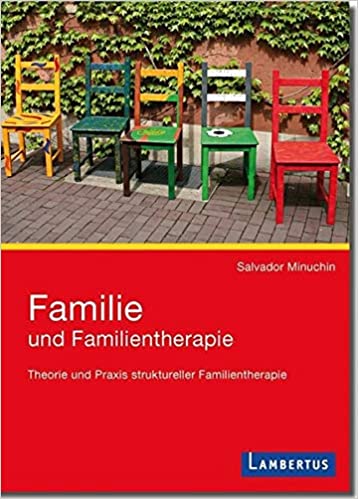
The author developed his model of structural family therapy, according to which both the individual and social groups are open systems that interact and can be explained with certain parameters, such as structure. The book is suitable as a compendium for family therapy practice, as well as for learners and teachers to illustrate the concrete applicability of the theoretical concept. In Minuchin’s opinion, family systems are dysfunctional because they produce and perpetuate the suffering of individual members. The aim of the therapy is a redesign of the familial organizational scheme. The positions of the members within this group change accordingly, and consequently the experiences of each individual. In this way, the family member should find autonomy in the system, but should also be able to feel part of the overall “family”.
Looking for other books or resources?
Check out the ones below, or click below to download all of the resources we have!